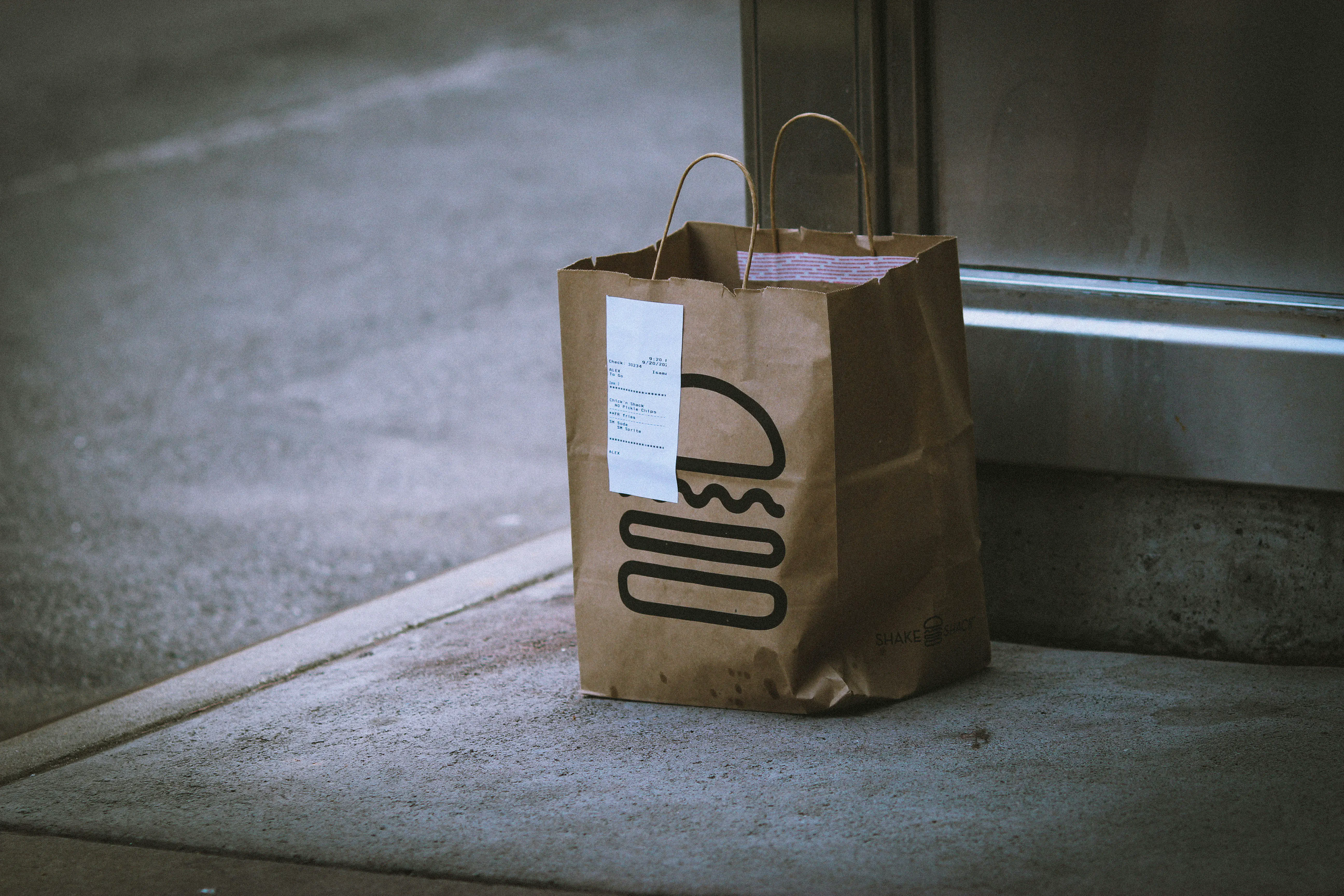
Anadea Blog


AI in Oil and Gas Industry: Excellent Duo and Impressive Results
Discover how AI is transforming the oil and gas industry. Learn about real-world use cases, benefits, challenges, and the future of AI-powered innovation in exploration, production, and sustainability.

How Cloud Based Data Management Reinforces AI Impact
Read our blog post to learn how to strengthen AI outcomes by leveraging cloud data management for better speed and accuracy.

How to Run a Local LLM: Guide for Businesses
If you are considering running a local LLM, explore our guide where we share our practical tips on how to ensure its secure and efficient performance.

Artificial Intelligence in Procurement: Comprehensive Guide
Want to enhance your procurement processes with AI? Read about the latest trends in AI software and the ways to make its implementation as smooth as possible.

How to Create a Food Ordering App?
Learn how to create a food delivery app from scratch. Step-by-step guide covering market research, business models, development process, costs and timeline.

Machine Learning and Supply Chain Management: Business Guide
Explore this guide to learn how you can use ML tools to power your supply chain management, minimize manual intervention, and optimize logistics costs.

Artificial Intelligence in Healthcare: Use Cases and Benefits
Want to introduce AI in healthcare? Explore the most common use cases of this technology, its benefits, and potential pitfalls in our blog post!

AI Fraud Detection Banking: Effective Strategies to Prevent Financial Crime
Discover how AI banking fraud prevention helps financial institutions detect suspicious activities, stop fraud in real time, and protect customers with advanced security.

AI in Real Estate | Use Cases, Benefits & What’s Next
Explore how AI is transforming the real estate industry – from property valuation and market forecasting to generative design and smart building management. Real-world use cases, trends, and expert insights from Anadea.

How to Create a Marketplace App: Everything You Need to Know
Learn how to create a marketplace app from scratch in this step-by-step guide. Discover essential features, design principles, and tips for a successful launch.

A Guide to Doctor Appointment App Development
Build an app to make doctor appointment booking simple. Explore features, tech, and strategies to deliver better healthcare access anytime, anywhere.

How to Make a Social Media App that Stands Out in the Market
Want to learn how to create a social media app from scratch? Read our article to discover key features, tech stack, and development steps for your project.

How SaaS Is Transforming the Healthcare Industry
Healthcare SaaS is booming with use cases, available software options, and ways to develop, customize, and deploy scalable and cost-effective solutions. More in the article->

SaaS Architecture Explained: Key Models, Patterns & Best Practices
Let's explore what SaaS architecture types and models are and how to choose the most suitable one for your business. Find in this article Anadea's best practices for SaaS implementation
Don't want to miss anything?
Subscribe and get stories like these right into your inbox.